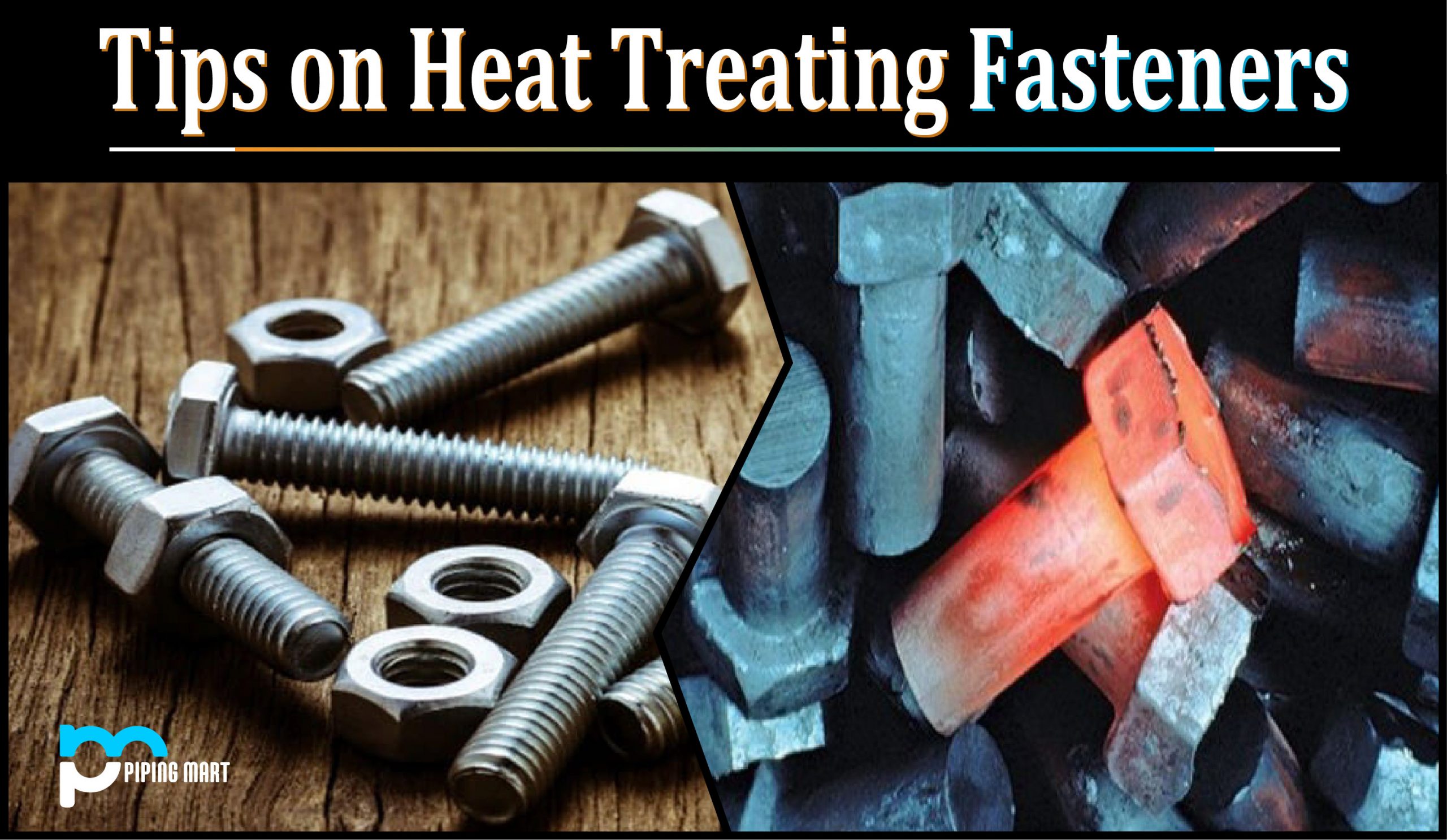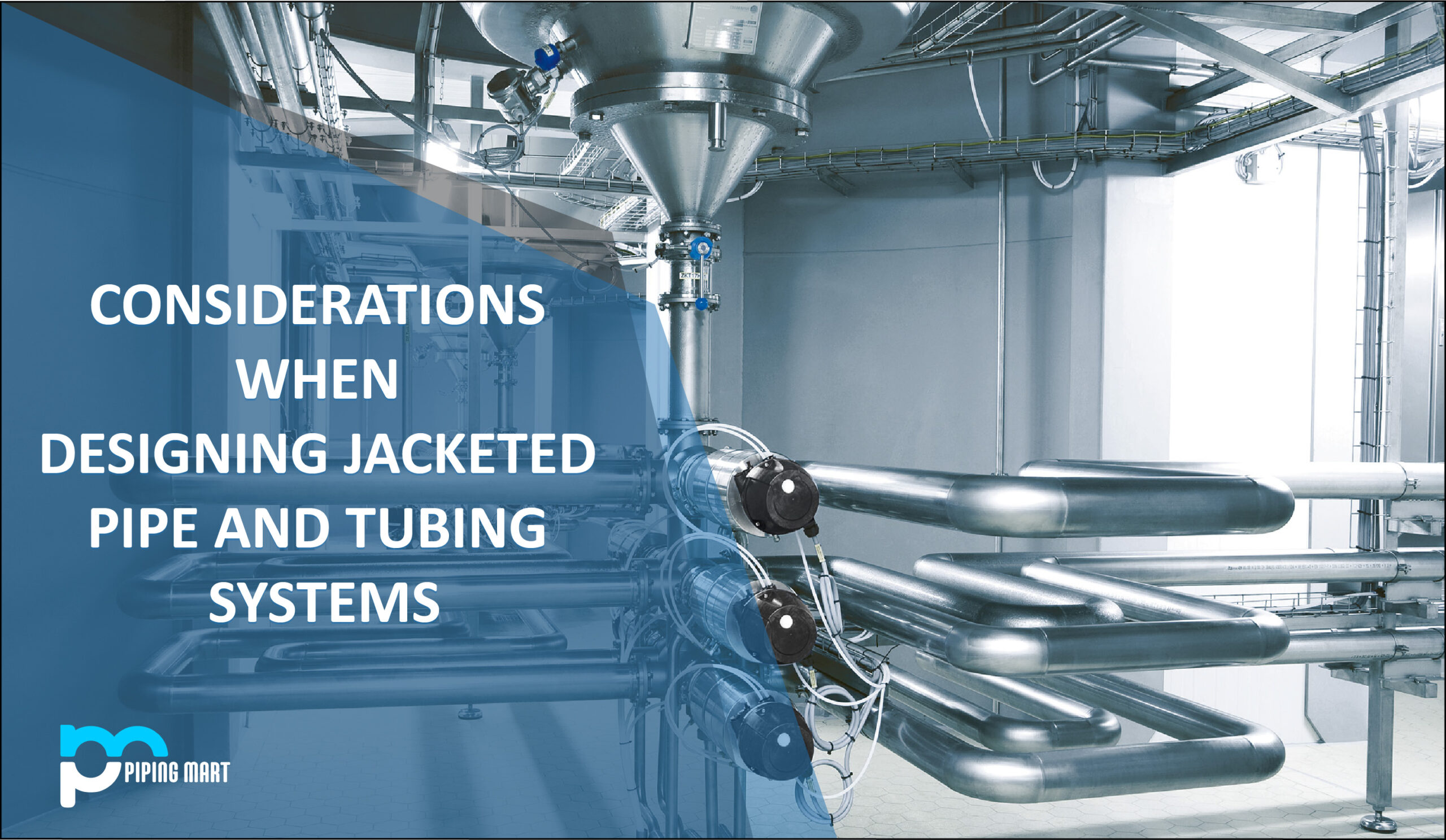When managing the flow of liquids, gases, and other materials, check valves are an essential tool. They can provide several benefits but also come with some potential drawbacks. Here we’ll break down the advantages and disadvantages of check valves so you can decide if they suit your project.
What are Check Valves?
When fluid in the line reverses direction, a check valve enables flow in one direction but prevents backflow. They are one of the few self-automated valves that can open and close without help. They continue to function even if the plant facility lacks air, energy, or the human being who would manually cycle them. They are employed in process systems that require numerous pressures to be kept away. They don’t require any external electricity to operate because they depend on the pressure loss induced by the medium flow.
Check Valves Applications
Backflow is prevented and pressure is maintained through check valves. They are frequently employed as a support in the event that a pump fails, to assist compressors and reciprocating pumps in their operation, and when the system pressure exceeds the primary equipment’s capacity.
Check valves may be found in a variety of sectors, including refining, petrochemical, chemical, and oilfield operations, as well as water, steam, refining petro, and viscous fluids. Check valves are also widely used in waste-water treatment and industry.
The food and beverage sector is a vast and rapidly expanding business with a growing demand for equipment and solutions that keep factories functioning efficiently. Due to the industry’s numerous obstacles, including safety issues, tight material standards for the valves used in these facilities have been established.
14 Advantages of Check Valves
The most significant advantage of using a check valve is that it helps maintain the desired flow rate in a system. Because it allows liquid or gas to only travel in one direction, it prevents backflow and pressure loss due to leaks or obstructions. This makes them ideal for any system where pressure needs to be maintained throughout multiple cycles or points in the process.
Check valves can also help reduce energy consumption by allowing for better control over the flow rate and decreasing the possibility of flooding due to backflow. Additionally, they are relatively easy to install and require minimal maintenance compared to other valves. Finally, they are cost-efficient and have a long lifespan, making them an attractive option for many projects.
- Backflow should be avoided.
- Capable of withstanding both high and low pressures.
- Ability can be utilized horizontally and vertically as a backup and safety system.
- Self-actuated.
- Quick to react.
- Backflow protection is necessary to avoid damage to pumps and compressors.
- Reduce downtime and production losses.
- Water hammer can be avoided.
- Reduce the likelihood of unexpected valve failure.
- Maintenance expenditures are reduced.
- There are only a few moving pieces.
- A smaller carbon footprint.
- Adaptable to varying flow conditions.
- Does not need the use of electricity to function.
Disadvantages of Check Valves
Water hammer is created by a pressure spike that occurs when the flow of a gas or fluid is abruptly stopped and the valve shuts, causing noise and vibrations. Water hammers can cause system damage and expensive repairs. A pressure spike happens when the flow of a gas or fluid is unexpectedly interrupted and the valve closes, resulting in loudness and vibrations.
Reverse flow is expensive and can cause a pump to spin backward, causing damage.
Jabbering occurs in some check valve systems as a result of frequent valve opening and shutting. The oversizing of the check valve is the cause of this. When installing a check valve, make sure it’s the right size for the job.
Check valves can fail.
Check valves are mechanical devices used to control the flow of fluids through a piping system. While check valves are generally reliable, they can fail. A check valve failure can cause various problems, including water damage, flooding, and pressure loss in the piping system.
Check valves can become clogged.
Another problem with check valves is that they can become clogged with debris. This can happen if the fluid flowing through the valve contains particulates, such as sand or dirt. When a check valve becomes clogged, it can restrict or block fluid flow through the piping system, leading to problems such as water damage or loss of pressure.
Check valves can be expensive.
Another disadvantage of check valves is that they can be expensive. This is because they are typically made from materials such as stainless steel or brass, which can add to the overall cost of the piping system. Additionally, check valves are often sold as part of a larger piping system, which can increase the overall cost.
Check valves require maintenance.
Another downside of check valves is that they require regular maintenance. This means they need to be cleaned and inspected regularly to prevent problems such as clogging or failure. Additionally, damaged or worn parts will need to be replaced periodically to keep the valve functioning properly.
How does it Work?
Check valves are very flow-sensitive, which means they open and close based on the flow of the line fluid. The interior disc enables which helps to flow forward, allowing the valve to open. Based on the design, the disc starts shutting the valve when forward flow diminishes or reverses. The body, seat, disc, and cover are usually the only parts that need to be assembled. Other components may include a stem, hinge pin, disc arm, spring, ball, elastomers, and bearings, depending on the design.
Conclusion:
Check valves offer several benefits when used correctly in various liquid and gas systems; however, it is important to consider all aspects before installing them on your project. While they are cost-effective and require minimal maintenance once installed correctly, improper installation could lead to turbulent flows that disrupt performance or, even worse – costly damage from a stuck open/closed valve caused by debris buildup or corrosion over time. Understanding the advantages and disadvantages of using check valves will help you decide what is best for your specific project needs!

Pipingmart is B2B portal specializes in industrial, metal and piping products. Also, share latest information and news related to products, materials and different types grades to help business dealing in this industry.




